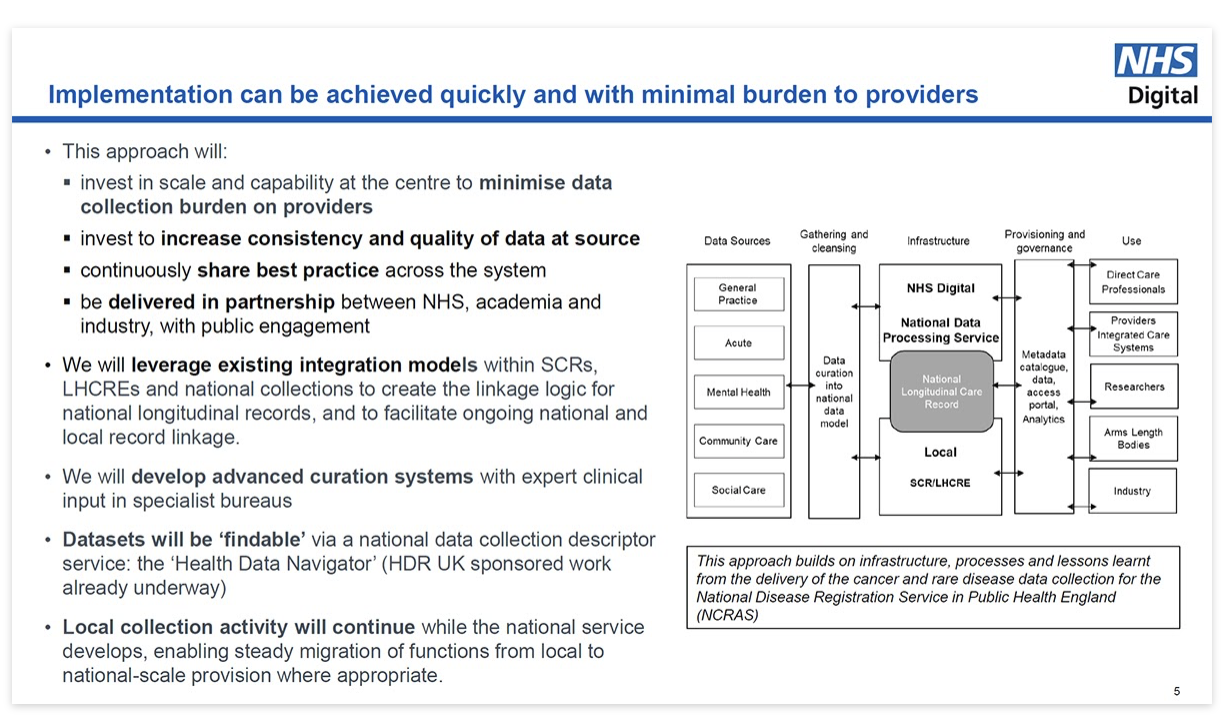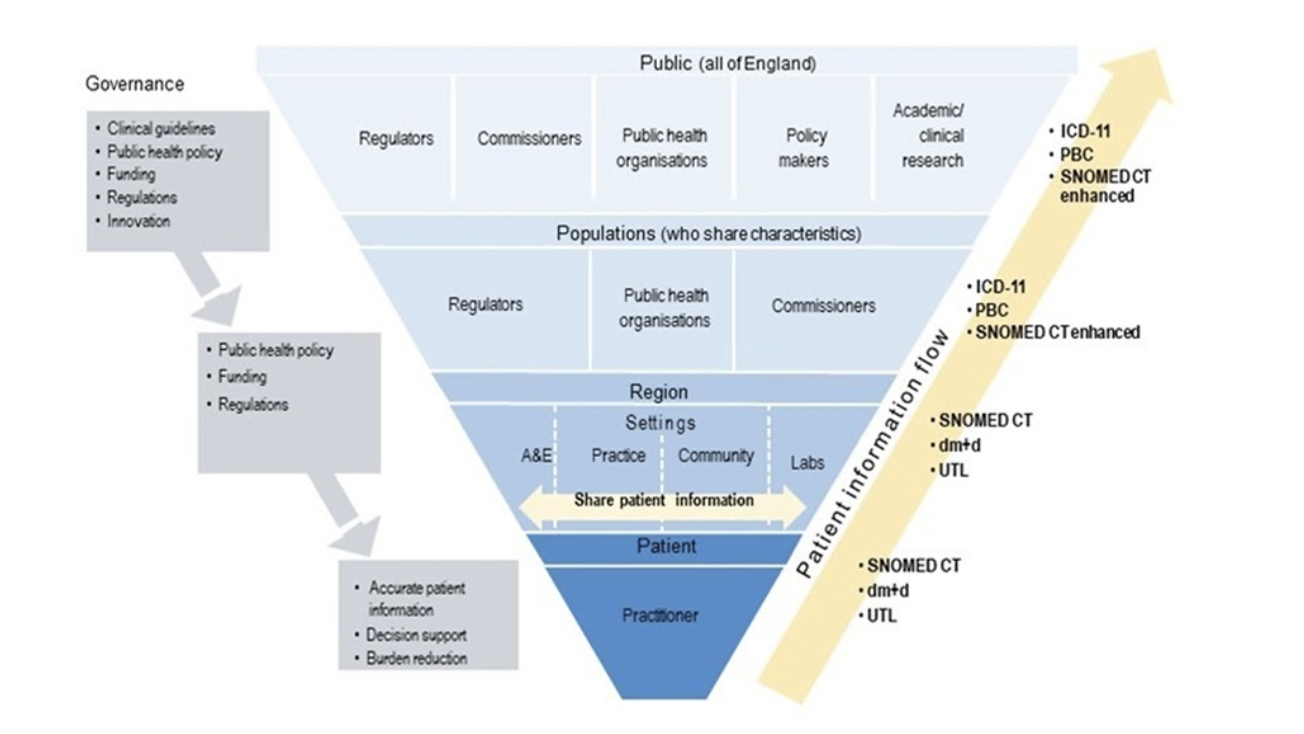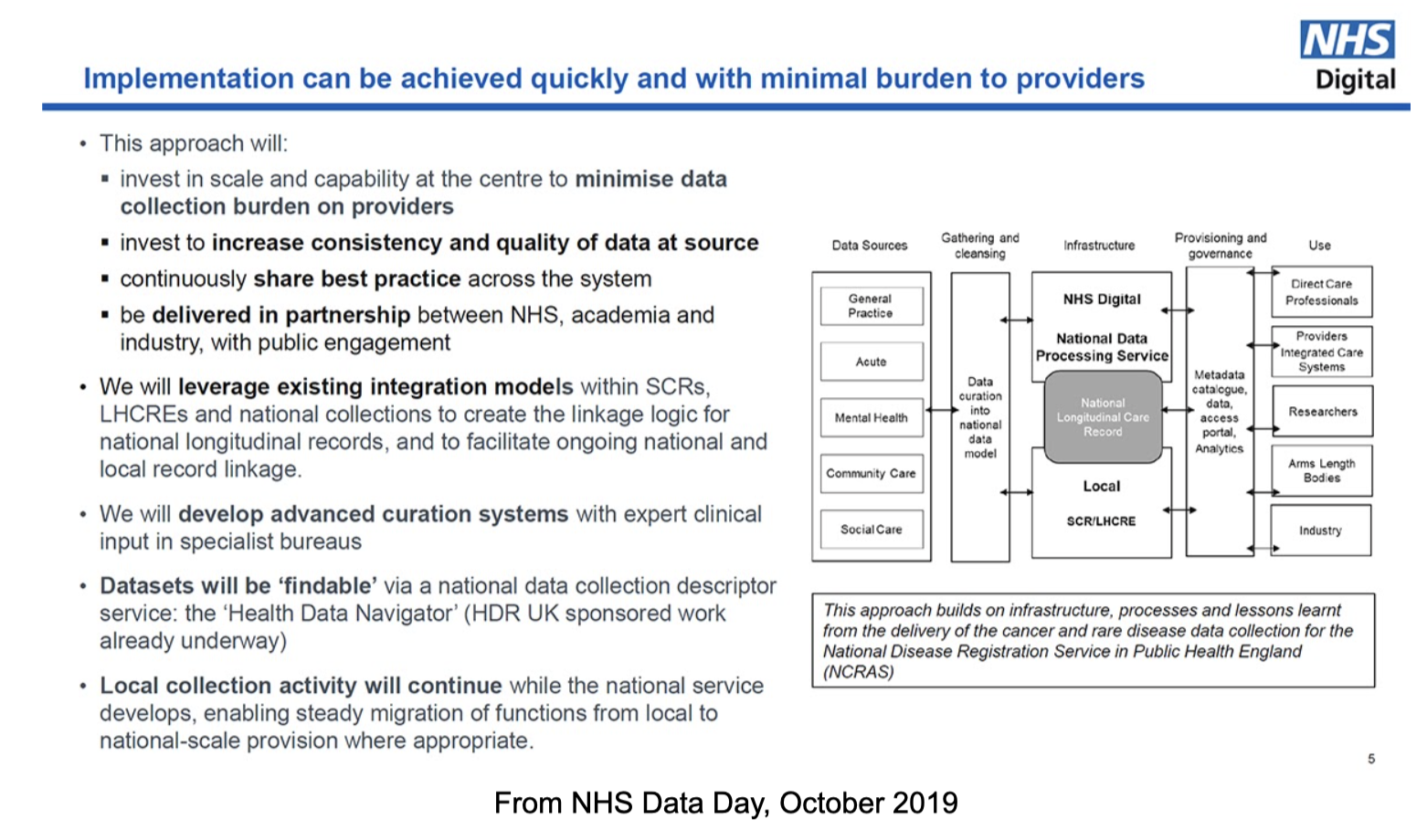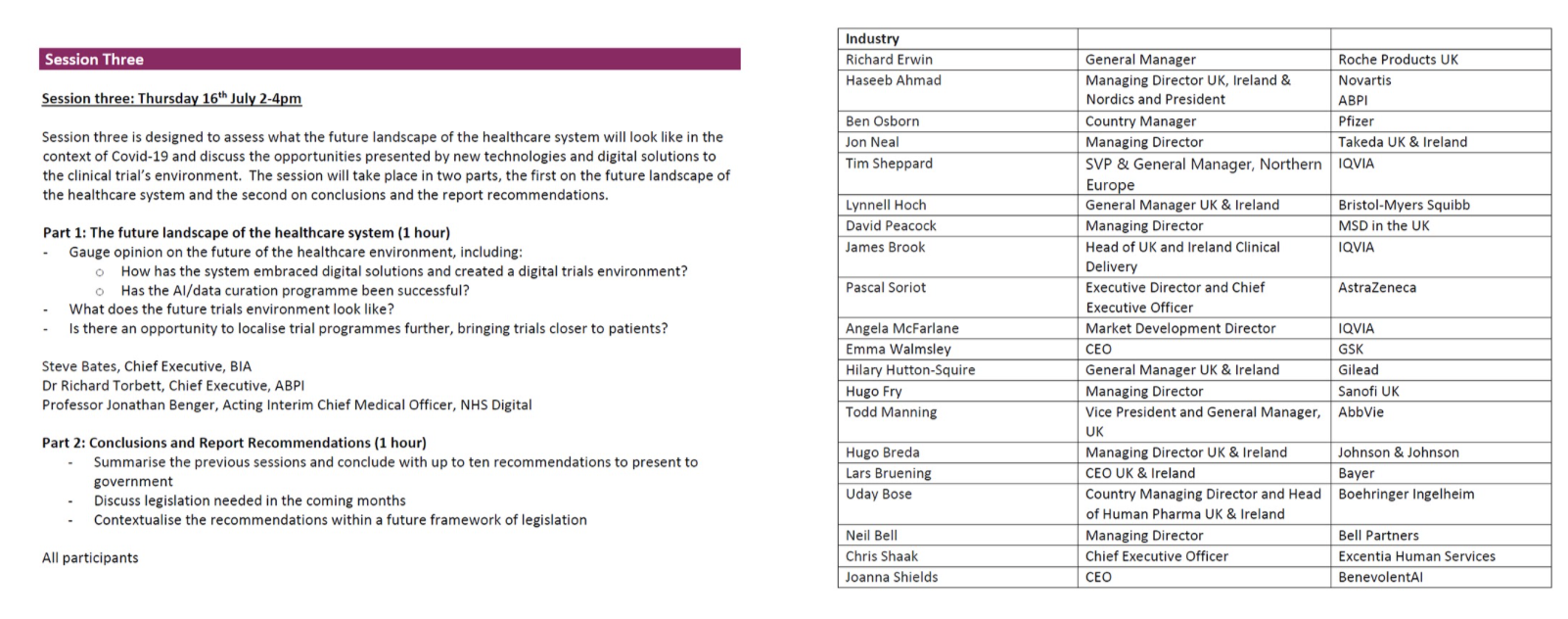The people who know the most, do the most; and in this pandemic, they have seen the most, and they’re all horrified. Expertise and knowledge can be tiring in a crisis – especially one that has run for this long – and it’s been 12 weeks since we published ‘apps for the next pandemic’.
Dunning-Kruger provides an energy all of its own, and profiteering and cronyism are inherently at their worst in a crisis as new procedures are being stood up and bedded in, before the ‘loopholes’ are ironed out.
We have already seen political thuggery happening to aid mercenary cronies, stories of which percolate out over time. The point of (good) Government is to endure and be resilient; the ‘PR-first’ approach of Number 10, blaming everyone but themselves ‘or the NHS’ will work only until it pivots to a target who has nothing to lose from an honest and clear articulation of reality, grounded in genuine compassion for victims and their families.
Part I – Process and Priorities
Public Health
The Joint Biosecurity Centre (JBC) could represent a welcome return to some of the structures of the Health Protection Agency, before it became part of Public Health England (PHE). If it performs well, it should remain as an expert DHSC body reporting to the CMO and Parliament.
Over the last 19-30 years, the UK has developed a dysfunctional obsession with ‘security’ above ‘public health’, one result of which is the slow motion car crash exemplified by the unreformed ‘institutionally ignorant’ Home Office’s use of power and spin to hide itself. Theresa May took this into Downing Street, and Boris Johnson carries it forward.
Being alert to the risks of only ever solving the last crisis, and as PHE falls apart due to long-term senior management neglect, care must be taken not to forget those parts of PHE that are not merely in response mode right now. The JBC must be as rigorous and as transparent as a normal public health body. And while the breakup of PHE is beginning, what replaces it must be far better managed than the ideological bonfire that created it.
NHS Digital is taking on the data functions, but what does the ‘glue’ look like between (what we must hope will be) an increasingly functional JBC, and (what are evidently) increasingly functional local public health responses?
The line between NHS and Government is blurry
Those who are competent understand that things will always change, and that doing the right thing is welcome – however long that takes. It is unclear what will happen when goodwill runs out, but squandering it on politically opportune frivolities may prove unwise…
The cultures of DHSC and NHS England enable fudges to continue, undermining everything up to and including the narrative of the Secretary of State. Though some may be calling for heads, changing a Director General mid-stream is unlikely to achieve anything positive and would likely cause significant disruption, generating even more disarray and dishonesty. NHSX already lacks sufficient numbers of staff who are both experienced enough and incentivised enough to ensure that the truth is told to them, and to then tell the truth to power – had power ever wanted to hear it.
More data can mean better decisions, but only if people want to make better decisions.
That NHS England (now within NHSX) has got away for so long with telling one group of people one thing in one room, and different groups the opposite in others, represents a political failing of external actors and institutions – both research bodies and NGOs – who were seemingly more interested in DHSC ‘carrots’ than the truth. Entirely predictably, the wider cost of these ‘bribes’ has now come due…
The contrast between the Nuffield Council on Bioethics’ briefing on ‘immunity certificates’ and the typically hedged ‘explainer’ from the Champions for Digital Exploitation and Intrusion, whose narrow-mindedness and sycophancy in a broader context shows through in its AI barometer, is telling. Rather than championing the public interest, CDEI seems to have written a Vultures’ Menu for Venture Capital (including CDEI’s landlords) and Government’s favourite AI mercenaries.
Political decisions (and the app): 🤷♀️🤦♂️
NHSE/X promised transparency to the public back in March.
Three months on, this remains substantially undelivered; FOIs have been refused / delayed, and it has taken threats to sue to get parts of the most basic of information released. DHSC only published the COPI notices because Hal at The Economist already had. Evasion, delay and obfuscation are basic techniques in DHSC’s and NHS England’s playbook, and – given we are in a health crisis – Number 10 has taken that playbook ‘to scale’, not least because they are relying on what DHSC tells them.
The public will continue to support the NHS, and at this point it appears NHS England has more institutional power than this current Number 10. The infection rate in care homes (and in the NHS) may be ten times the community infection rate, but this is widely seen as being down to a Government that failed to give the NHS and social care sufficient resources, and a Number 10 that then covered it up.
It requires a fundamentally different skill set to run an institution where people remember promises, than it does to campaign as an outsider. The institutional advantages that parts of the NHS and Government have used throughout the crisis – to drive an evolving narrative, and to deny history – will come back to bite, ferociously, if the Government is still around. Especially while people continue to demand answers promised months ago (where, for example, are the missing files ‘embedded’ in the DPIAs?).
Government may be able to hide from the public for a while but, as history has shown repeatedly, the cover-up is always worse than the crime.
Part II – Priorities and Process
As we prepare for the second peak and what comes after it, the Overton window is exceptionally wide. Many ideas and a lot of ‘old thinking’ have been used up in Wave 1; we are going to need a refill for Wave 2. Possibly the most brutal outcome of its initial response is that, minus the cost of the body bags, this Government has ‘freed up’ 13.6% of the social care budget, which has to drive some change.
The consequences of trauma
The distrust – and carelessness – with which DWP treats those who the NHS believes are ill is as callous as it is calculated. Meanwhile COVID-19 can affect anyone. There are already patients who have a form of COVID that’s lasting for months, and what’s certain is that there are people who will be suffering with the consequences of COVID (and the consequences of those consequences) for a very long time.
Civil servants across government are under immense and sustained strain right now. Some of them will require support afterwards, as will many of those on the NHS front line, and many more in the wider community. Some of that support will be provided by DWP, and Universal Credit. Pushing the most vulnerable through an assessment, appeal process, and tribunals (that DWP mostly loses) adds far greater cost to the public purse than simply believing the NHS evidence that was provided to DWP in the first place.
To those civil servants advising on or making decisions about the social safety net that will exist for the most vulnerable in society: choose wisely! More than one of your friends will likely need it, as others already do and many, many more will. Those gaps you help cut in the social safety net under COVID-19 are ones your friends and family may fall through.
What to do: be guided by transparent science…
While political indecision masked as “following the science” may have got us into some of this crisis, it is ethical open science and research-level transparency that offers the best hope to get us out of it.
No-one expects every cancer research project to cure cancer; no-one gives money to Cancer Research UK expecting that CRUK already knows exactly what the right answer is. We trust instead that they, and those they fund with our donations, will genuinely follow the science.
In the COVID-19 crisis, we have seen leadership from some epidemiologists and researchers showing the public what research can and is being done – consensually, safely and transparently – with their data. That work should continue, albeit overseen and led by the NHS and national research bodies, not ad hoc friends of Boris putting out comms and relying on readers to be able to distinguish meaningful research and independent reporting from consummate PR spin…
The public have no real understanding of why Palantir and Faculty are building (secret) dashboards, largely because the public have never been shown what NHSE/X usually does with their data, much less what anyone is doing with it right now. This long-term failure of leadership rests with NHS England and DHSC, but significant parts of it could be resolved by simply publishing what NHSX said it would publish back in March – and then maintaining the transparency that was promised throughout the rest of the crisis, and beyond.
More data can help make better decisions, but it also requires a desire to make better decisions. NHS Digital has had the ability to tell you how data about you has been used since the National Data Opt-out was introduced two years ago – yet DHSC never gave them the green light to launch it, because of political concerns about what will happen when you know how data about you is used.
The second Coronavirus Bill will try to restart the economy with a firesale of public assets and data; there should be a political commitment – required in law for public bodies, and encouraged for those in the private sector who wish to be seen as reputable – that data subjects should be able to see how data about them is used. DHSC has a Department-wide data release register, and can launch data release statements for individual patients within the NHS app, for which NHS Login already works. Launching both of these before it is next in (dire) need of claiming ‘transparency’ might help inform such publicly significant decisions.
…into the long, long term
In bureaucracies, as in life, those who care for longest often win. It’s why an unreformed ‘institutionally ignorant’ Home Office continues to make toxic decisions despite claims it will improve. It hasn’t, and for as long as one racist can delay improvements, it won’t.
Everyone has human rights, and we fight for them all – even if we mostly talk about those particular rights that are within our remit. The effects of COVID-19 are starkly differentiated based on race; black lives matter, and that the statues of some slave owners are torn down should not be the only legacy of this time.
Boris Johnson clearly wants to be remembered. He may even want a statue bearing his name, and for people to write books about him, the same way he does about others. And, given the deaths in this crisis, they probably will – though not for the reasons he may wish. (Noting we remember the 1918 flu pandemic as the Spanish flu mostly because, being neutral in WWI, they were honest about it and didn’t cover it up. )
The current administration claims to “follow the science”, science often done by those who most often work diligently for years, far from the public eye, without expectation of the fame or glory that a statue denotes. But history will remember them. Eventually.
Statutes built to celebrate events grounded in contempt, ego, hate or suppression sooner or later get torn down. They can and will be replaced with others. It may have taken much more than a hundred years for the first statue of a woman to be erected in Parliament Square, but there will be more statues. The choice is ours. Poor choices are temporary; good choices endure.






